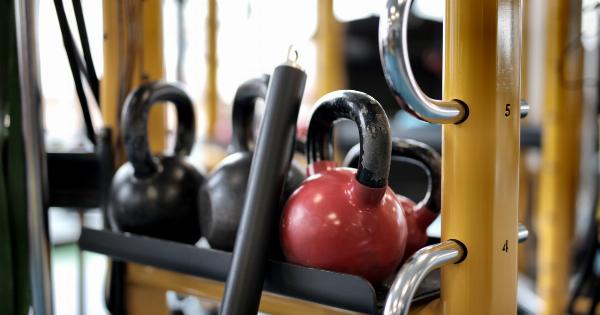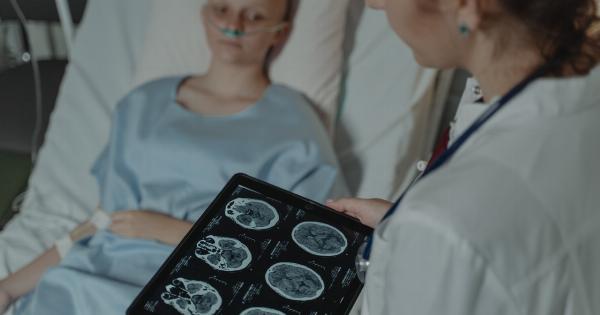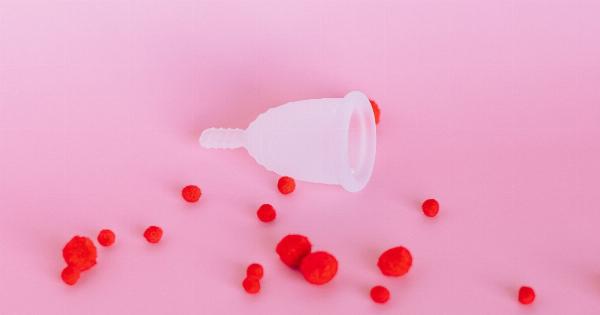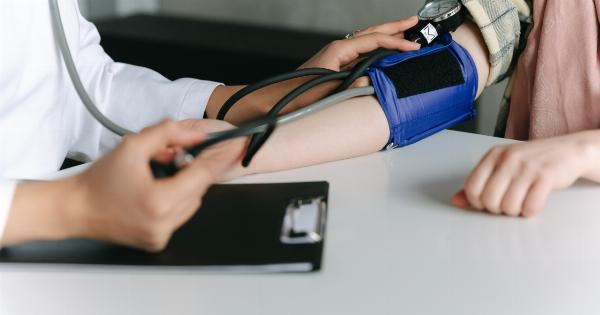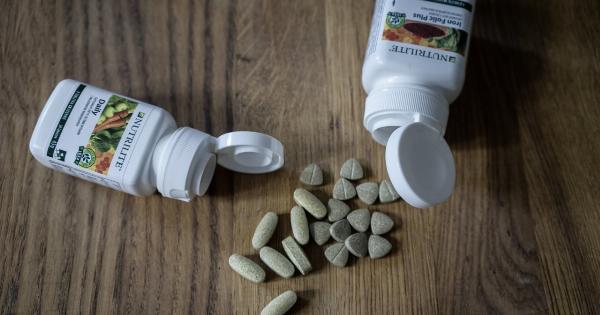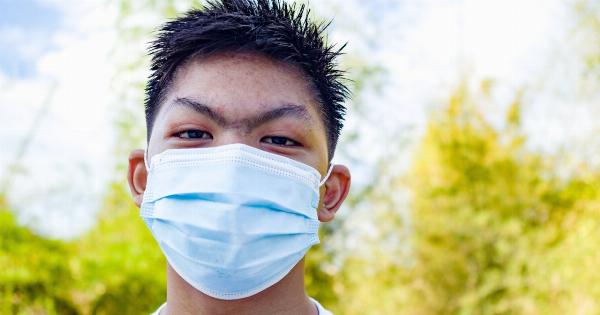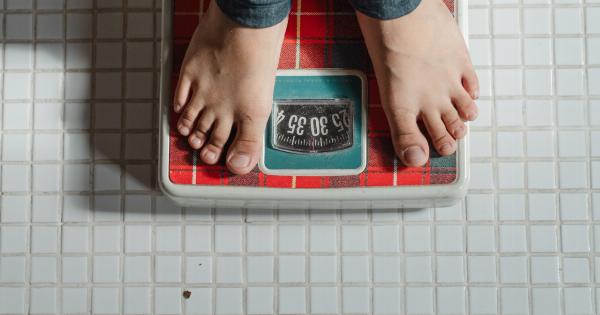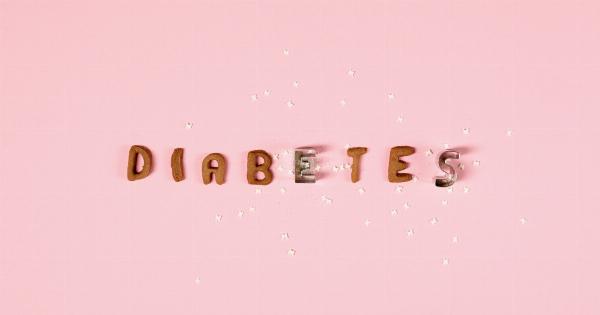High blood pressure, also known as hypertension, is a serious medical condition that affects millions of people around the world.
It occurs when the force of blood against the walls of your arteries is too high, which can cause damage to your arteries and increase the risk of stroke. In fact, high blood pressure is one of the leading causes of stroke.
What is a Stroke?
A stroke happens when the blood supply to part of your brain is interrupted or reduced, causing brain cells to die. This can lead to serious disabilities or death, particularly if not treated promptly.
There are two main types of stroke – ischemic and hemorrhagic.
Ischemic Stroke
An ischemic stroke is caused by a blockage in a blood vessel that carries blood to your brain. This can be due to a buildup of plaque in the arteries or a blood clot. It accounts for around 87% of all strokes.
Hemorrhagic Stroke
A hemorrhagic stroke occurs when a blood vessel in your brain ruptures or leaks, and the blood accumulates in the surrounding brain tissue. This can cause damage to the brain cells and increase pressure on the brain.
Hemorrhagic strokes are less common than ischemic strokes, but they are typically more severe and have a higher mortality rate.
What Causes High Blood Pressure?
There are many factors that can contribute to high blood pressure, including:.
- Age
- Family history of high blood pressure
- Obesity or being overweight
- Lack of physical activity
- Smoking
- Stress
- Alcohol consumption
- High salt intake
- Kidney disease
- Sleep apnea
How is High Blood Pressure Diagnosed?
High blood pressure is often called the “silent killer” because it can have no symptoms and go undetected for years.
That’s why it’s important to have your blood pressure checked regularly, especially if you have any risk factors.
A blood pressure reading consists of two numbers. The first number is the systolic pressure, which measures the force of blood against the artery walls when your heart beats.
The second number is the diastolic pressure, which measures the force of blood against the artery walls when your heart is at rest between beats. A normal blood pressure reading is around 120/80 mm Hg.
How is High Blood Pressure Treated?
Treatment for high blood pressure typically involves lifestyle changes and medication. Lifestyle changes that can lower blood pressure include:.
- Eating a healthy diet, such as the DASH eating plan
- Reducing salt intake
- Exercising regularly
- Maintaining a healthy weight
- Limiting alcohol intake
- Managing stress
- Quitting smoking
If lifestyle changes are not enough to lower your blood pressure, your doctor may also prescribe medication. There are many different types of medication for high blood pressure, including:.
- Diuretics
- Beta blockers
- ACE inhibitors
- Calcium channel blockers
- Angiotensin receptor blockers (ARBs)
How Does High Blood Pressure Increase the Risk of Stroke?
High blood pressure can damage the walls of your arteries, making them narrow and more prone to developing blockages. It can also cause the walls of your arteries to become weak and prone to rupturing.
When an artery in your brain becomes blocked or ruptures, it can lead to a stroke.
High blood pressure can also cause damage to your blood vessels and lead to the development of aneurysms, which are bulges in the walls of your blood vessels.
If an aneurysm ruptures, it can cause bleeding into your brain, leading to a hemorrhagic stroke.
How Can You Reduce Your Risk of Stroke?
To reduce your risk of stroke, it’s important to manage your blood pressure and make lifestyle changes that can improve your overall health. This includes:.
- Eating a healthy diet, such as the DASH eating plan
- Reducing salt intake
- Exercising regularly
- Maintaining a healthy weight
- Limiting alcohol intake
- Managing stress
- Quitting smoking
- Taking medications as prescribed by your doctor
It’s also important to get regular check-ups with your doctor, manage any underlying health conditions, and seek medical attention right away if you experience any warning signs of a stroke.
The Bottom Line
High blood pressure is a serious medical condition that can lead to a stroke, which is a life-threatening event. By managing your blood pressure and making healthy lifestyle choices, you can reduce your risk of stroke and improve your overall health.









